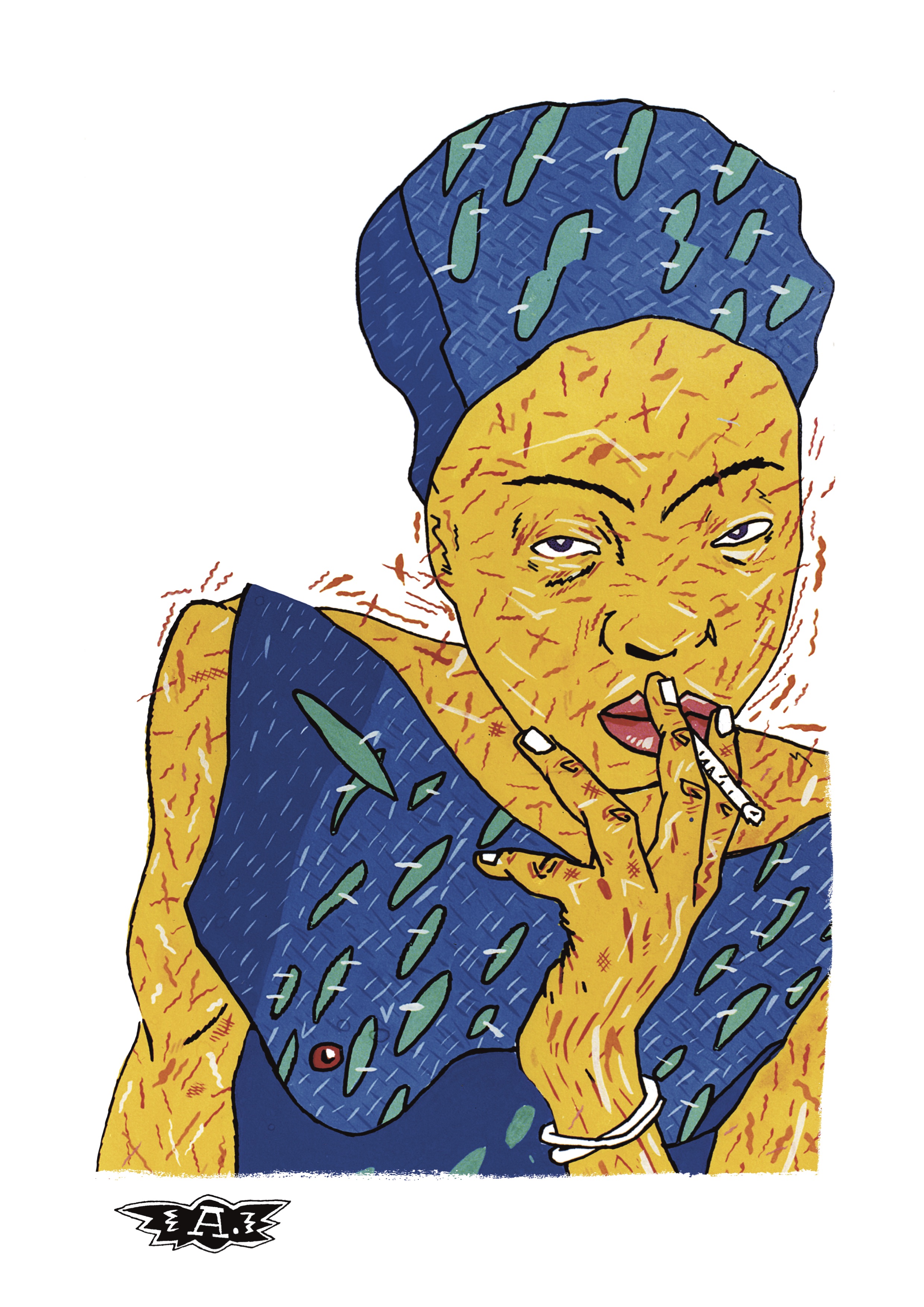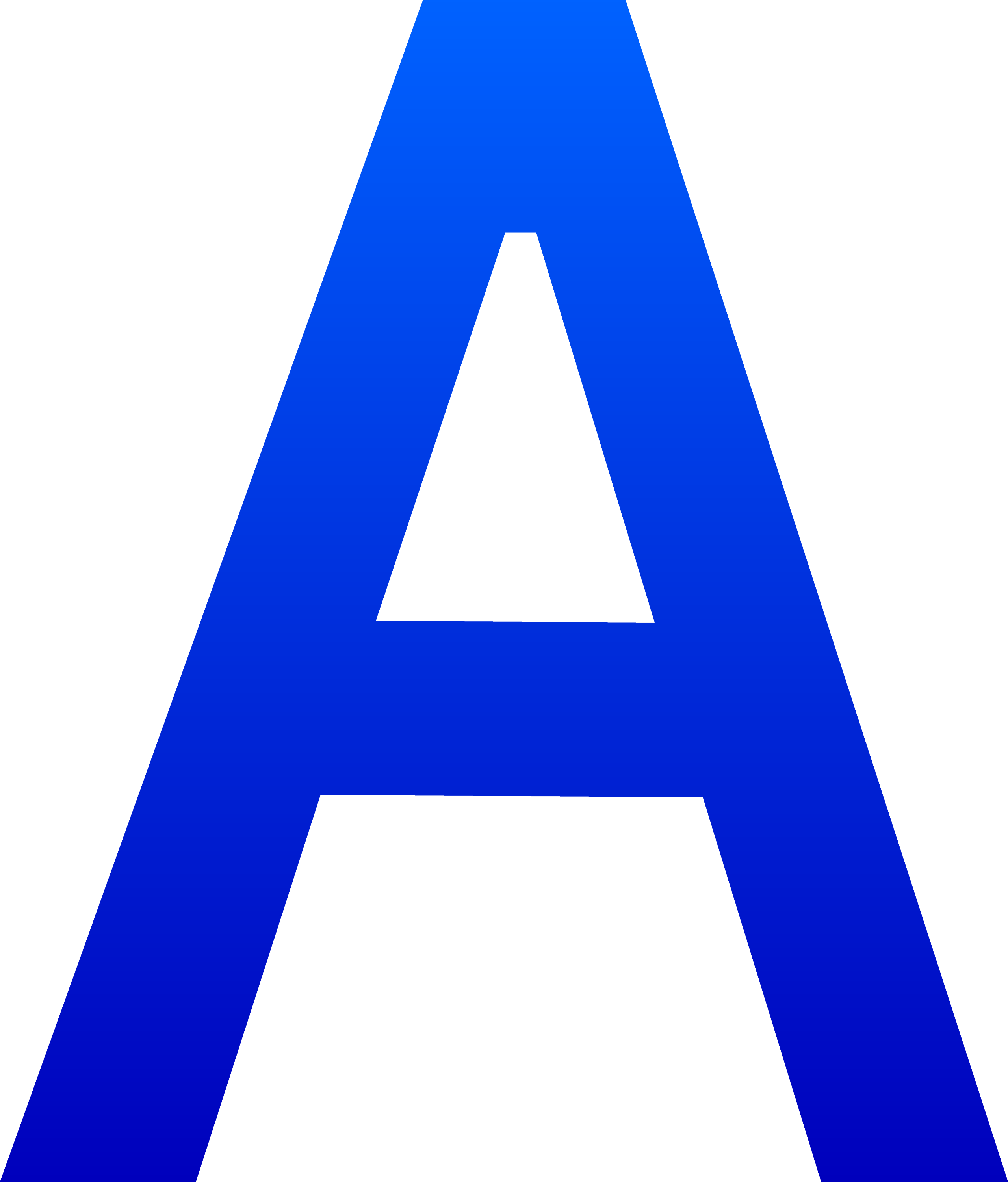Unraveling ءيءء - Decoding Digital Characters
Have you ever been looking at your screen, maybe browsing something online or reading an email, and suddenly you see a string of characters that just looks... off? Perhaps something like ءيءء pops up, and you wonder what on earth it could possibly mean. It’s a bit like encountering a secret code, isn’t it, something that sparks a tiny bit of curiosity about what lies behind those unusual shapes?
In our daily interactions with screens, we take so much of the written word for granted. From the simple letters that form the very first words we learn, like 'a' for apple, to the more intricate symbols that help us communicate complex ideas, text is everywhere. It helps us understand, connect, and even express ourselves in ways we might not even realize, so it's almost always there.
But what happens when the digital world throws a curveball, presenting characters that seem to defy immediate recognition? It’s a fascinating peek behind the curtain, really, into the subtle ways computers handle information and how a small hiccup can turn something familiar into something quite mysterious. We're going to take a closer look at these sorts of digital quirks, and just what they might tell us about how our devices work.
- Alan Aldas Son
- Ecosia Or Duckduckgo
- Picuki Gramsnap
- Pierce Brosnan Lengte
- Deviantart Subscription Bypass Free
Table of Contents
- What Makes a Character So Special?
- Beyond the Basic 'A' - Exploring ءيءء's Cousins?
- When Characters Go Rogue - Why Do We See ءيءء?
- Typing the Unseen - How Do We Create These Marks?
- The Broader Picture of Digital Expression
- Beyond Letters - Symbols and Visual Communication
- What Else Can Text Help Us Understand, Like ءيءء?
- Crafting Messages - From Memes to Meaning
What Makes a Character So Special?
It’s a funny thing, isn't it, how much weight we put on simple shapes? Take the letter 'a', for example. It's one of the first sounds many of us learn to make, a foundational building block for countless words. From the crisp sound of 'a' in "apple" to the longer sound in "armchair," this single character carries a surprising amount of phonetic information. It helps us form mental pictures of "ants" scurrying about or any kind of "animal" you might think of, so it really is quite versatile.
The beauty of language, you see, is how these basic sounds and their written representations come together. The letter 'a' isn't just a squiggly line; it's a doorway to a whole world of communication. Each time we recognize it, we're tapping into a shared system of meaning, a collective understanding that allows us to convey thoughts and feelings. It's a pretty powerful concept, when you stop to think about it, that such a small mark can hold so much.
And yet, this seemingly straightforward letter has many faces. It's not always just a plain 'a'. Sometimes, it comes with little hats, dots, or tails, changing its appearance and sometimes even its sound. These variations are a testament to the rich diversity of human languages and the clever ways we've found to represent every nuance of speech in written form. It makes you wonder, doesn't it, about all the subtle differences we might overlook?
Beyond the Basic 'A' - Exploring ءيءء's Cousins?
When you start looking closely, the simple 'a' begins to multiply into a whole family of characters. You've got the 'a' with an acute mark, like 'á', or the one with two dots above it, 'ä', or even the 'a' with a tiny curve, 'ă'. These aren't mistakes; they are very much intentional additions, known as diacritical marks or accent marks. They serve a real purpose, often guiding us on how to pronounce a word or even changing its entire meaning in a different language. It's a bit like adding a musical note to a letter, telling you how to sing it, so to speak.
Think about languages like French or German, where these marks are common. An 'a' with an accent might indicate a different vowel sound, or it could differentiate between two words that look identical but have distinct meanings. It’s a subtle but powerful tool for clarity in written communication. The sheer variety is quite astonishing, too, when you consider all the different ways the letter 'a' can be modified across various writing systems. There are, apparently, so many forms of 'a' with these little additions, from 'Å' to 'ǻ', 'ḁ' to 'ă', and many more, each with its own specific use.
The list of 'a' variations is quite extensive, including characters like 'ặ', 'ắ', 'ằ', 'ẳ', 'ẵ', 'ȃ', 'â', 'ậ', 'ấ', 'ầ', 'ẫ', 'ẩ', 'ả', 'ǎ', 'ⱥ', 'ȧ', 'ǡ', 'ạ', 'ä', 'ǟ', 'à', 'ȁ', 'á', 'ā', 'ā̀', 'ã', 'ą', 'ą́', 'ą̃', 'a̲', and 'ᶏ'. Each one of these is a legitimate character, serving a specific linguistic need. They are not random jumbles; rather, they are carefully crafted elements of diverse written traditions. It really shows, doesn't it, how much thought goes into representing the spoken word visually?
When Characters Go Rogue - Why Do We See ءيءء?
Now, what about those times when characters don't just have a little accent, but they look like they've gone completely off the rails? This is where something called "garbled text" or "乱码" comes into play. It's when your computer system, for one reason or another, can't properly show the characters it's supposed to. Instead of seeing the correct letters, you might get a string of seemingly meaningless symbols or even just blank spaces, like a bunch of ASCII code that doesn't make any sense. It's a bit like trying to read a book where half the words have been replaced with random squiggles, you know?
The core reason this happens often boils down to something called an "encoding error." Imagine every character on your screen has a secret numerical code. When you type 'a', your computer saves a specific number. When you open that text on another computer, it looks up that number and displays the corresponding character. But if the second computer is using a different "codebook" (or encoding standard), it might look up the number for 'a' and display something completely different, like 'ءيءء'. It’s a common issue, and there are actually charts, like a "Unicode encoding error table," that help figure out what went wrong, which is pretty helpful, actually.
So, when you see something like ءيءء, it's very likely a sign that the system displaying the text isn't quite on the same page as the system that created it. It's not necessarily a sign of a broken file or a virus; it's usually just a communication mishap between different digital languages. Knowing this can take away some of the mystery, can't it? It helps us understand that these strange character strings are not random, but rather a misinterpretation of a specific instruction.
Typing the Unseen - How Do We Create These Marks?
Since these special characters are so important in many languages, it makes sense that there are ways to type them without causing garbled text. For instance, if you're on a Windows computer, you can use "Alt codes." This means holding down the Alt key and typing a specific number sequence on your numeric keypad to produce characters like 'á' or 'ä'. It's a bit like learning a secret handshake for your keyboard, and it really is a useful skill if you type in multiple languages.
For those who use a Mac, there are often simpler keyboard shortcuts, or you can use the Character Viewer to pick out the exact symbol you need. And within programs like Microsoft Word, there are even more options for adding accent marks, special characters, and other symbols, making it easier to write accurately in different contexts. These tools are there to help ensure that the text you produce is correctly displayed and understood by others, so it really does make a difference.
But let's be honest, memorizing a bunch of codes isn't for everyone. That's why the option to simply "copy and paste" any accented letter 'a' from a reliable source is so handy. It's a quick and easy way to get the right character without having to remember complicated key combinations. This flexibility in typing methods helps bridge the gap between different language requirements and the practicalities of everyday computer use, which is pretty convenient, if you ask me.
The Broader Picture of Digital Expression
Understanding how characters work, and sometimes don't work, opens up a wider view of how we use text in our digital lives. Think about how much text is generated every day by tools like AI chat. This is a pretty amazing development, isn't it? You can tell an AI chatbot to write stories, draft messages, or even create programming code, all using text as its primary form of communication. It shows just how versatile and powerful text has become, moving far beyond just human-to-human interaction.
Then there's something as common as email. Services like AOL Mail, for example, allow you to manage your messages in ways that go beyond just reading words. They offer views for travel details, photos, and documents, helping you organize your digital life through the text and information contained within your inbox. You can even personalize your inbox with themes and tabs, showing how text interfaces are designed to be user-friendly and adaptable, which is quite nice, in a way.
These examples highlight that text isn't just about individual letters or words; it's about the entire ecosystem of digital communication. From the simplest character to complex algorithms that generate entire narratives, text is the backbone. It helps us process information, stay connected, and manage our personal and professional lives. It really is the quiet workhorse of the digital world, more or less, always there in the background, making things happen.
Beyond Letters - Symbols and Visual Communication
Our interaction with text also extends to how we use symbols and visual elements. Consider a free online signature generator. This tool lets you create an e-signature by either typing your name or drawing it, and then you can securely sign documents. It's a fascinating blend of text and personal mark-making, where your written name becomes a unique digital identifier. This really shows how text can be transformed into something more personal and secure, doesn't it?
And when we organize information, punctuation plays a surprisingly big role. Learning how to use things like colons, commas, and semicolons correctly when making lists, for instance, makes a huge difference in how clear and understandable your writing is. These little marks guide the reader, helping them parse complex information and absorb it more easily. It's a bit like setting up signposts on a road, making sure everyone knows where to go and what to expect, which is pretty important.
The way we present text can also make it more accessible and useful. Imagine needing to share important information, like a document or a set of instructions. If it's easy to print, download, and share with others, and you can even add notes or customize it the way you want, that text becomes much more valuable. It’s about making information flexible and adaptable to individual needs, allowing people to truly engage with it, so it really helps get the message across.
What Else Can Text Help Us Understand, Like ءيءء?
Text is, in essence, the carrier of information, whether it's a simple character or a complex set of instructions. It helps us understand crucial details, like knowing what blood type is safe for you if you need a transfusion – a piece of text that could be life-saving. Or consider the services offered by a company like A&A Electrical, where text describes a variety of electrical products and services for your home or business needs. It's all about conveying precise information, very clearly, using written words.
Even in more casual settings, text plays a key role. When you're looking at a restaurant's full menu, available for pickup or delivery, it's text that tells you what delicious options are on offer. And for practical matters, like car and home insurance, route planning, or loans, it's the written details that allow you to make informed choices. Text is the medium through which we access and process so much of our daily lives, and it's quite remarkable how much we rely on it, isn't it?
So, whether it's a medical fact, a business offering, or a list of dinner choices, text is the thread that connects us to vital information. It's what allows us to make sense of the world around us, from the smallest detail to the biggest decision. Just like figuring out what ءيءء might represent, our ability to interpret and use text helps us understand countless aspects of our existence, making our interactions with the digital world, and the real one, much richer.
Crafting Messages - From Memes to Meaning
Perhaps one of the most playful yet impactful uses of text in modern times is the meme generator. It's a free online image maker that lets you add custom, resizable text, images, and much more to templates. People often use these tools to customize established memes, like those found in imgflip's collection, but you can also upload your own templates or start from scratch with empty ones. This is a very creative way to use text, isn't it, blending it with visuals to create something new?
The process of making a meme often starts with choosing a template, and then the magic happens as you layer your own words onto it. This shows how text can be used not just for serious information, but also for humor, social commentary, and building shared cultural references. It’s about taking a simple idea and giving it a voice through carefully chosen words, making it resonate with a wide audience. It’s a pretty powerful form of communication, actually, even if it seems lighthearted.
From the foundational phonics of the letter 'a' to the complex interplay of characters that can sometimes appear as garbled text like ءيءء, and all the way to the creative expression found in memes, text is a constant companion in our digital lives. It’s a tool for learning, for managing, for connecting, and for expressing. It truly is amazing, when you consider it, how much we depend on these seemingly simple arrangements of shapes to make sense of our world and to share our own thoughts within it.

Soul Mining – Giclée Print - THE THE

The Letter A - Free Clip Art

Iu Wallpaper (68+ images)